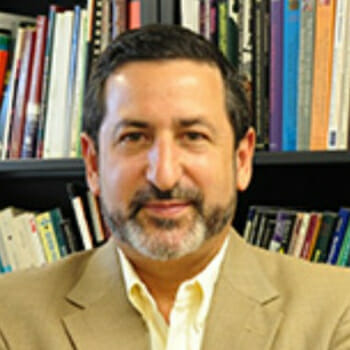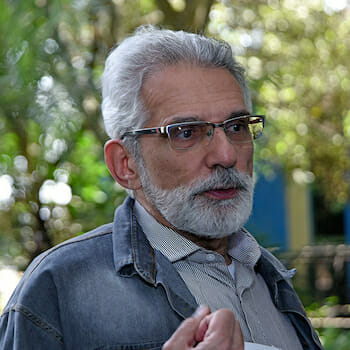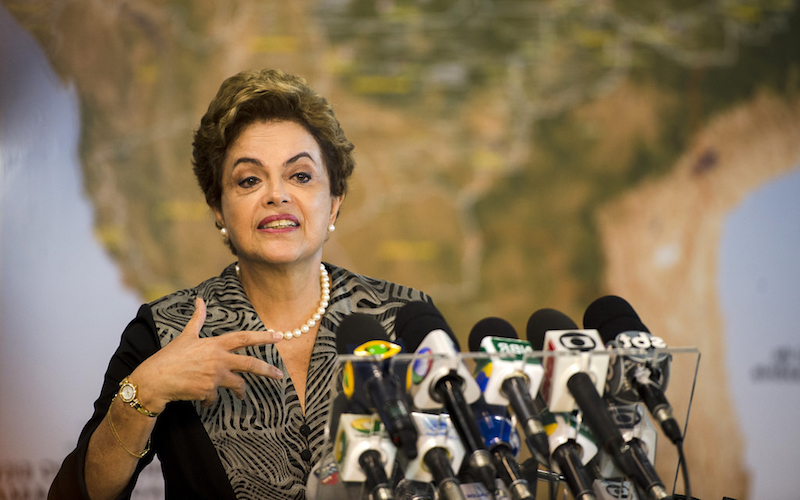
How did Brazil Go from Rising BRIC to Sinking Ship?
Most of the headlines in recent weeks have focused on Brazil’s troubling political crisis. But the country is also in the midst of a deep economic recession.
The economy has been shrinking since the second quarter of 2014. It contracted by 3.8 percent in 2015 and is expected to shrink by a similar amount this year. Earlier this month, the Organisation for Economic Co-operation and Development (OECD) said it sees the recession continuing into 2017.
Yet it was only in 2009 – in the middle of the global financial crisis – that the Economist magazine featured a story entitled “Brazil takes off,” with a photo of the Corcovado – the iconic statue of Christ that overlooks Rio de Janeiro – launching like a rocket. That article emphasized why Brazil deserved to be one of the “BRICs” – the rapidly growing economies including Russia, India and China that now account for nearly 25 percent of global GDP.
How could the outlook for Brazil have changed so rapidly? Is this sort of boom and bust unprecedented or a recurring theme in Brazil’s history?
In this article, we provide a historical perspective on the current economic crisis, relying on our own scholarship and years of analysis of the Brazilian economy.
Brazil arrives
Brazil has been knocking at the door of the developed world for quite some time.
It has been dubbed the “country of the future” since Stefan Zweig coined the phrase in the title of his 1941 book. And that future seemed attainable.
From 1900 to 1980, Brazil had one of the fastest-growing economies in the world. Income per capita rose faster in Brazil than in the U.S. The country was transformed from a rural, agricultural economy – producing coffee, sugar and other products for export – into an urban, industrial powerhouse.
Yet a closer look at Brazilian economic history reveals frequent cycles of boom and bust, where considerable optimism fell by the wayside, leaving behind unfulfilled dreams. The future, it seems, has always been just around the corner.
Several analysts in Brazil have begun to repeat the claim that the current recession is likely to be worse than what Brazil faced in the 1930s. While technically correct, in our view, this is not the appropriate comparison.
Brazil did quite well in the 1930s relative to many other countries. After growing at over 10 percent a year in 1927 and 1928, the Brazilian economy only contracted in 1930 and 1931. The recession was then followed by eight years of fairly robust growth.
The 1980s and early 1990s were a much more painful time in Brazil, following a particularly potent boom known as the “Brazilian Miracle.” We return to a comparison with this period below.
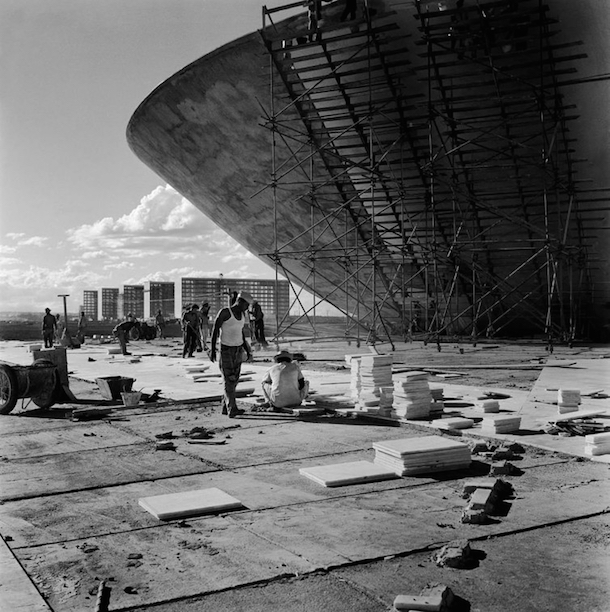
State-led industrialization and the ‘Brazilian Miracle’
Following World War II, Brazil’s federal government began to plan for economic development and target industrialization and high rates of growth.
Juscelino Kubitschek became president in 1956 and promised to deliver “50 years of progress in five.” This was a period of immense optimism, and Brazil seemed like an endless construction site, with highways, buildings and industries popping up throughout the country.
As a symbol of this progress, Brasilia was inaugurated in 1960 as a planned capital city with a modernist architecture. Yet the optimism of the 1950s quickly gave way to the political turmoil of the early 1960s.
When Jânio Quadros abruptly resigned the presidency in 1961, the left-leaning Vice President João Goulart took office. His support of labor rights, land reform and other populist policies led to his removal by the military in a 1964 coup, with the support of the Brazilian elite and U.S. government. The generals would run the country until 1985.
Brazilian democracy and a more inclusive model of development were the principal victims. Growth, in contrast, quickly resumed, and this contributed to rapid poverty reduction. In what became known as the Brazilian Miracle, real GDP expanded at over 8 percent annually in every year but one from 1968 to 1976. Poverty fell by over 20 percentage points from 1960 to 1980, even while income inequality continued to rise.
What went wrong
Unlike with the slowdowns of the 1930s and mid-1960s, the depth and length of the economic crisis of the 1980s were much more severe.
The global economy had changed in the 1970s and Brazil was slow to adapt. It relied on foreign debt to prolong the inward-looking industrialization model that had worked so well for decades, but this too came to an end in 1982 when a debt crisis erupted throughout Latin America.
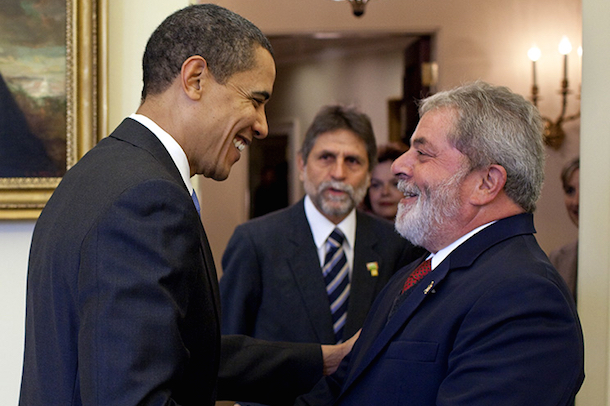
The optimism of the miracle years would be replaced by stagnation and hyperinflation. From 1981 to 1992, the economy experienced negative annual growth in five separate years, and annual inflation soared into the thousands. Income per capita peaked in 1980 and would only permanently surpass this level again in 1994.
This was a “lost decade” for Brazil in terms of living standards, but popular discontent forced the military to exit power in 1985 and led to the writing of a new Constitution in 1988.
Back to boom
The foundations for the most recent cycle of growth and optimism were laid from 1994 to 2002.
First, after numerous failed attempts, in 1994 the government finally devised a stabilization plan – the Real Plan – that succeeded in defeating hyperinflation. Then, from 1995 to 2002, a number of important policies were adopted under President Henrique Cardoso. These included a modest reform of the public sector social security system, the creation of an anti-poverty conditional cash transfer program tied to kids going to school and the adoption of an important fiscal responsibility law that – 15 years later – would be used to justify removing President Dilma Rousseff from office.
Cardoso also made progress in adopting more sound macroeconomic policies as he let the exchange rate float in 1999 and then instituted a system of inflation and fiscal targets. While this was a period of slow growth and international turbulence, inequality began to decline for the first time in at least 30 years.
Luiz Inácio Lula da Silva pursued similar macroeconomic policies during his presidency from 2003 to 2010, reformed the social security system and transformed and expanded the anti-poverty policies. With a much more favorable international environment, until 2009, and a strong commodity boom, the economy expanded at around 4 percent per year, and poverty declined by around one third. This was the first time in at least 50 years that Brazil simultaneously experienced growth and a reduction in both poverty and inequality.
With rising living standards and falling poverty, Brazil once again entered a phase of considerable optimism. As Brazil paid off its debt with the IMF, the country began to discover large reserves of oil. International rating agencies elevated the classification of Brazilian foreign debt from speculative to investment grade, clearing the way for U.S. pension funds to invest in Brazil. Among Brazilian policymakers, it became common to talk of “sustainable development.”
The optimism only intensified when Brazil was chosen, in 2007, to host the 2014 World Cup and the 2016 Summer Olympics two years later – in the middle of the global financial crisis.
The financial crisis slowly grips Brazil
President Lula initially dismissed the crisis.
In October 2008, he said that although it might be a tsunami in the U.S., by the time it arrived in Brazil it would just be a little wave. At a G20 Summit in London in 2009, President Barack Obama was caught on camera calling his Brazilian counterpart “the most popular politician on earth.”
At first it seemed as if Lula might be right. Brazil had a single year of recession in 2009, and the economy rebounded by over 7 percent the following year.
But it soon became clear, as in earlier periods, that Brazil’s fate is very much tied to the health of the world economy and its choice of public policies. The economy came to a screeching halt in 2014, with zero growth, and contracted severely in 2015 and 2016. Simultaneously, the government deficit ballooned to over 6 percent of GDP in 2014 and over 10 percent in 2015.
President Rousseff, who came to power in 2011, disguised the deteriorating fiscal situation during the election of 2014, just as the corruption scandal at Petrobras widened. This, together with a debt downgrade, provided the economic backdrop that led to her removal from office as she awaits an impeachment trial later this year.
Three lessons from the past
It is too soon to tell if the current recession will be more like the downturn of the 1930s or the “lost decade” of the 1980s. But there are several lessons that can be drawn from recent history that allow us to conclude that Brazil’s rosy future is still out of reach. We highlight three.
First, investments in physical and human capital were a central component of the development success stories in China and the East Asian Tigers. Brazil, in contrast, has repeatedly fallen short on these fronts. Most recently, Brazil squandered the opportunity presented by the commodity boom to invest heavily in infrastructure.
Second, Brazil’s history of runaway inflation was, in part, a reflection of the inability of successive governments to make difficult policy choices. Similarly, while the commodity boom lasted, the government seemed able to satisfy all demands – from raising the minimum wage and subsidizing national business “champions” to expanding cash transfers to the poor – all while it built stadiums for international sporting events and cut debt as a share of GDP. Now that the boom years have ended, the time for reckoning has arrived. Unfortunately, it is often the poor who pay the price.
Finally, Brazil needs deep institutional reforms in order to lay the groundwork for a successful 21st century. One of the most challenging reforms relates to the country’s dysfunctional political system. With over two dozen parties in Congress, it is extremely difficult to govern. This fragmentation creates an environment ripe for the kinds of corruption scandals witnessed in 2005 – with the bribery scheme in Congress – and again with Petrobras today. It is this political and institutional environment that contributes to mismanagement and corruption at all levels.
Unfortunately, whether President Rousseff returns to office or is permanently removed, there are few grounds for optimism that these deeper problems will be addressed any time soon.
This article was originally published on The Conversation. Read the original article.
